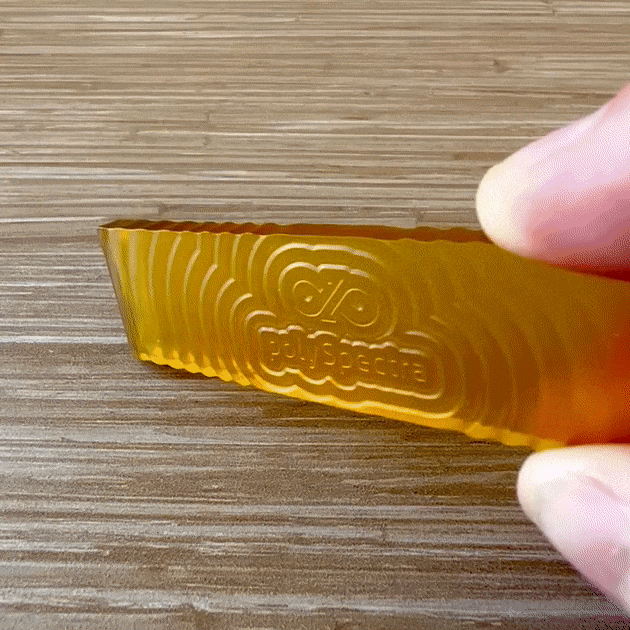The Importance of Outgassing in Photopolymer Resin 3D Printing
Outgassing is a critical factor in the field of photopolymer resin 3D printing, particularly in applications where printed parts are used in vacuum environments or where material stability and integrity are paramount. This report evaluates several sources that provide insights into the phenomenon of outgassing in the context of photopolymer resin 3D printing, stereolithography, vat photopolymerization, and polymer additive manufacturing. Each source is analyzed for its relevance, reliability, and significance to the research question.
3D Printing Stack Exchange Discussion on Outgassing in Vacuum
Relevance: This source provides a practical perspective on the challenges of outgassing in 3D printed objects when exposed to vacuum conditions. It highlights the need for specific materials with low outgassing rates and the importance of considering the application environment, such as electron microscopes or sputtering chambers.
Reliability: As a community-driven Q&A platform, the reliability of the information can vary. However, the discussion includes references to a NASA outgassing database, which adds credibility to the information presented.
Significance: The source is significant as it directly addresses the research question and provides anecdotal evidence of testing 3D printed objects in a vacuum. It also points to the NASA outgassing database, which is a valuable resource for researchers looking for quantitative data on material outgassing rates.
NASA Outgassing Database Reference in 3D Printing Stack Exchange
Relevance: The mention of the NASA outgassing database is highly relevant to the research question. The database contains measured outgassing data for various materials, including those used in 3D printing, which is crucial for selecting materials for vacuum applications.
Reliability: The NASA outgassing database is a highly reliable source of information, as it is maintained by a reputable space agency and contains scientifically measured data.
Significance: This source is of high significance because it provides a scientific basis for understanding and comparing the outgassing rates of different 3D printing materials. It is a foundational resource for researchers and engineers concerned with material selection for space or vacuum applications.
Springer Article on Vat Photopolymerization Challenges
Relevance: The Springer article discusses the challenges in vat photopolymerization, including the effects of oxygen on polymerization and the importance of controlling the curing temperature. These factors can influence the outgassing behavior of the final printed parts.
Reliability: As a peer-reviewed article from a reputable journal, this source is highly reliable. It provides in-depth scientific analysis and references to other studies, which enhances its credibility.
Significance: The source is significant as it provides a detailed understanding of the vat photopolymerization process, which is directly related to the research question. It offers insights into how process parameters can affect the outgassing properties of printed parts.
Safety and Health Magazine Article on SLA Printing Emissions
Relevance: This article discusses the emissions and potential health hazards associated with stereolithography (SLA) 3D printing, including the detection of volatile organic compounds (VOCs) and formaldehyde. While not directly addressing outgassing in a vacuum, it relates to the broader topic of gaseous emissions from photopolymer resins.
Reliability: The article is based on research conducted by Chemical Insights, an institute of Underwriters Laboratories Inc., which suggests a high level of reliability. The study’s lead researcher is quoted, adding to the credibility of the information.
Significance: The source is significant for understanding the health implications of outgassing and emissions during the SLA printing process. It is relevant for workplace safety considerations and may indirectly inform the selection of resins with lower outgassing potential.
Nature Article on Layerless Growth Techniques in 3D Printing
Relevance: The Nature article explores advanced 3D printing techniques that mitigate stiction forces and improve print speeds. It discusses the use of oxygen-permeable membranes and other methods to control polymerization, which are relevant to understanding the factors that influence outgassing.
Reliability: Published in a highly respected scientific journal, this source is very reliable. It presents novel research findings and is peer-reviewed, ensuring the quality and accuracy of the information.
Significance: This source is significant as it presents cutting-edge research that could impact the future of 3D printing and outgassing. It provides insights into how new printing techniques can potentially reduce outgassing by controlling the polymerization process more effectively.
ScienceDirect Article on Vat Photopolymerization Processes and Applications
Relevance: The ScienceDirect article reviews vat photopolymerization technologies and their applications. It discusses the importance of reducing separation forces in the printing process, which can affect the integrity and outgassing behavior of the final parts.
Reliability: As a peer-reviewed article from a reputable scientific database, this source is reliable. It synthesizes recent developments in the field and provides a comprehensive overview of vat photopolymerization.
Significance: The source is significant for its broad coverage of vat photopolymerization, including process parameters that could influence outgassing. It is a valuable resource for understanding the state-of-the-art in vat photopolymerization and its implications for outgassing.
NCBI Article on Photopolymerization Technologies in 3D Printing
Relevance: This NCBI article reviews three photopolymerization technologies (SLA, DLP, and CDLP) and their after-cured mechanical properties. Understanding these properties is essential for assessing the outgassing potential of the materials used.
Reliability: The source is published on the National Center for Biotechnology Information (NCBI) platform, which is a reliable and authoritative source for scientific publications.
Significance: The article is significant as it provides a comprehensive review of photopolymerization technologies and their material properties, which are directly related to outgassing concerns. It is a useful resource for researchers interested in the mechanical and chemical behavior of 3D printed parts.
Conclusion
The sources analyzed in this report collectively provide a comprehensive understanding of outgassing in photopolymer resin 3D printing. They cover practical considerations, scientific research, health and safety concerns, and advanced manufacturing techniques. Researchers and engineers can use these sources to make informed decisions about material selection, process optimization, and safety measures to mitigate the effects of outgassing in various applications.
